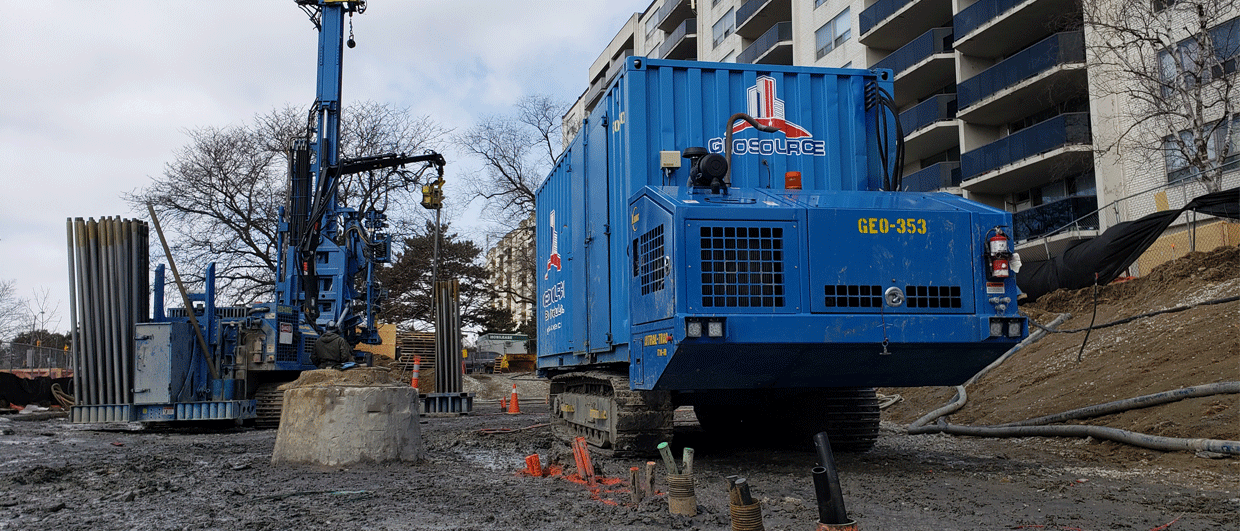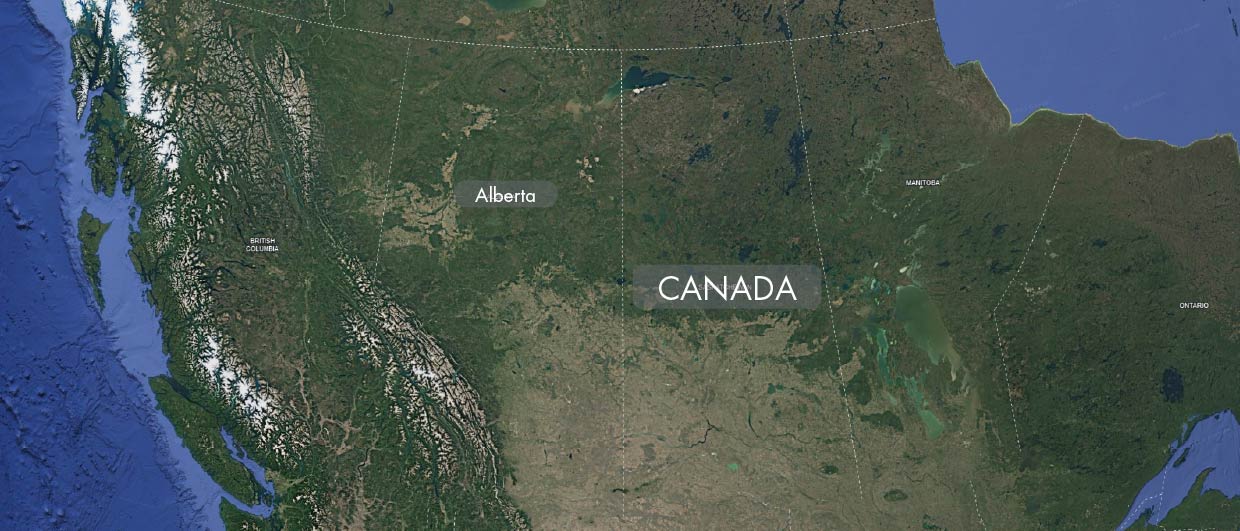This is the last out of three articles in the shallow geothermal series. In previous articles, we discussed shallow geothermal drilling technology, the market, and the role of the subsurface in Sweden and Australia.
As we saw in Sweden, the absence of a gas network was instrumental in the rapid progress shallow geothermal made in that country, especially after the price hikes in the 1970’s. However, in many other countries, gas distribution networks do exist, creating a very different starting point for the shallow geothermal sector.
Canada
“These gas distribution companies obviously see us as competitors”, says Stan Reitsma, president of Geosource Energy in Toronto, Canada. “However,”, he continues, “that there is now some growing interest from these companies, possibly because the scale at which shallow geothermal loops are now being implemented is starting to make a difference.”
If they would have had geo-energy back in the Middle Ages, these loops would still be in operation today
Stan got into the shallow geothermal business because of a natural interest in energy, and a growing awareness that hydrocarbon resources are finite. “As a kid, I went through the oil embargo in the 1970s, and the concept of resources being finite stuck with me”, he said.
“In 2002, when conventional gas production peaked in the US, I decided it was time to start looking at other sources of energy and geothermal appeared on my radar. I also knew that air-source heat pumps were not always that great at the temperatures we sometimes experience here in Canada. That made me decide to go to geothermal and I bought a rig.”
“It was all before shale gas started to kick in in the US, and by the time it was 2008, the gas price was indeed much higher than in 2002, so I thought I was on the right track”, Stan continues. “Then the shale revolution changed the picture completely. It pushed gas prices back down, which was not of much help for us.”
All these loops do is to move some heat around
“I still monitor gas prices closely and let’s be honest, shale is also finite”, he says. “There will be a point where the market will become a lot more buoyant for us. Saying that, recent history has also taught us that we cannot predict the market – there are so many unknows!”
But despite the unknowns, the fact is that shallow geothermal loops already have a close to 30 % market penetration in the Toronto area new builds currently. And because of that, developers are not so concerned about the reliability of these systems. “We don’t get asked anymore how it works”, Stan says,” they just assume it does because there are so many that already do. It’s becoming standard technology. We will probably never get to 100 % but 90 % is certainly possible by 2030.”
Technology and drilling costs
We already saw that drilling costs have remained stable in Sweden over the past decades. The same is true for Canada, and it is down to the same factors: More custom-made drilling rigs and faster drilling. “Back in the days”, Stan says, “we thought we were rocking it when we did 200 feet per day, now we get frustrated if we don’t do 600 feet.”
“The biggest change we have seen unfolding is getting our loops into more spaces”, Stan says. He especially alludes to the more crowded city centres, where retrofitting a building with groundsource heating can be a challenge. And like Australia, where Marcus is drilling boreholes at an angle, Stan is doing the same with Geosource Energy.
“Geosteering is the next thing for our sector”, Stan continues. Taking advantage of the technology used in oil and gas, he thinks that within a year from now, his company will be able to drill at a 45° angle first, and then vertical from there. “Being able to exactly locate the bit will be a great advantage for this industry, especially in city centres where there will be competition for rock volume.”

Another advantage of geosteering will be the prevention of boreholes accidently cross-cutting each other. Especially are hard rocks, such as the metamorphic rocks of New York, the trajectory of the drill string is rarely vertical even when it is supposed to be so.





